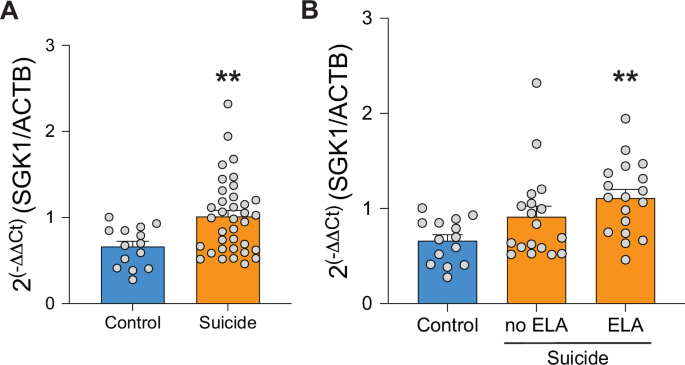Most task apps are built like dashboards: infinite controls, buttons, toggles, and micro-options. When you click on create a new task, you’re met with a sidebar full of color pickers, priority levels, repeat settings, collaborators, labels, sub-tasks, project groups, timelines, tasks for sub-tasks, sub-task tasks, sub-tasks of tasks of sub-project projects, all before you’ve even written what the task is.
They present tools. tududi offers flow.
There’s a restaurant I trust. It has five burgers, two sandwiches, and two salads. I’ve been going for a long time now. Every time, the food’s consistent. The menu doesn’t change, and I never regret what I order. The chef has mastered a narrow space — and the focus shows. I have to disclose that I am a big fan of the Korean burger.
Then there are the other kinds of restaurants. The ones with 120 dishes across five cuisines. Everything for everyone. You name it, they cook it. These menus don’t offer freedom — they impose a cognitive load and usually the quality is bad. The more options you see, the more aware you are of the opportunity costs. This is not choosing but gambling. And you usually lose.
That’s how most productivity systems feel. Every option is a dish on the menu. Every UI element invites second-guessing. Over time, it’s not clarity you gain — it’s friction. These are choices you will have to make. If they were not to be selected, should they exist in front of you ?
Daily life is not a clean kanban board. It’s fragmented, fast, and constantly interrupted. Add a job, two kids, and one side project and you quickly realize: organizing things is easy. Navigating them is the hard part.
You need a system that doesn’t slow you down while trying to “help.” One that knows when to disappear.
tududi was built with that premise: the best interface is the one that gets out of your way. Less popups. No sidebars asking questions you didn’t ask. Just a clean entry point, a quiet assistant, and a flow you can step into and out of without friction.
tududi doesn’t try to impress you. It doesn’t send you an email for completing a task. It doesn’t show you animations or stats while you’re trying to think. It just gives you a path forward. You write. You capture. You assign. You act. And when you’re done, it’s quiet again.
There are no categories unless you create them. No colors unless you care. It’s not about minimalism for its own sake — it’s about preserving your bandwidth.
You don’t need help managing your tasks. You need help not managing yourself to death.
Here’s a real day:
- I see the car needs a wash → I message tududi on Telegram: “wash the car this weekend”
- I hear a lyric I like → I quick capture it
- I get off a call and remember a feature I forgot to spec → another note
Later at my desk, I open Inbox. I don’t see options. I see my brain, reflected back in raw fragments. I correct them if I want. I convert them to tasks, notes or projects if I need to. The system doesn’t ask more than I’m willing to give.
Tasks don’t get done because they’re color-coded. They get done because you’re moving. tududi reflects this.
I go to Today. Some things are overdue — I either procrastinated or misjudged. It’s signal, not shame. I pick one. Start. Later, I enable Intelligent Suggestions and tududi suggests me what to pick up. That’s enough.
Projects feel the same. Not like burdened artifacts, but containers of intent. I add a banner because it helps me, not because the app wants visual candy. I press Pomodoro not because I’m told to, but because the next task needs focus.
Simplicity is not lack of power. It’s power that’s focused. tududi doesn’t feed you up with endless tools because that’s not how real cognition works. The brain seeks flow, not configuration. The tool should adapt to you, not the other way around.
tududi was designed not to manage your life, but to stay out of its way. To disappear into it. To let you keep thinking.
Because sometimes, the best system isn’t the one that proudly shows you a gigantic toolset — it’s the one that lets you do it without asking for anything back.
.png)




